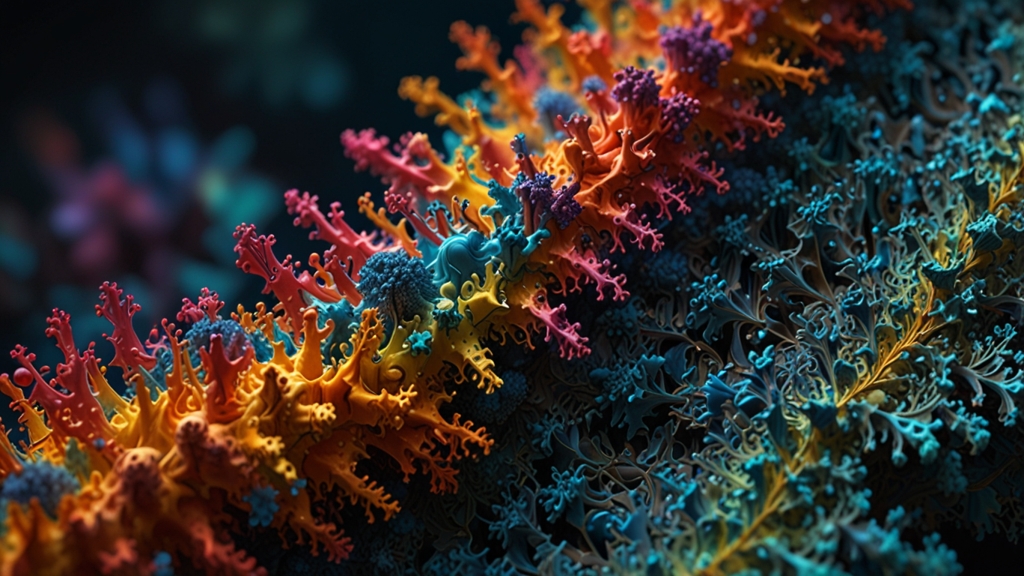Street Art in Rome: A Modern Revolution on Ancient Walls
Rome, the Eternal City, is renowned for its timeless beauty, colossal monuments, and ancient ruins. Yet, within this historical backdrop, an intriguing juxtaposition has emerged: street art. This contemporary form of expression is revolutionizing the city's ancient walls, creating a dynamic dialogue between the past and present.
The Emergence of Street Art in Rome
Street art in Rome began as a form of rebellion and self-expression, often focused on political and social themes. Over the years, it has evolved into a respected art form, attracting both local talent and international artists. Neighborhoods like Ostiense, Pigneto, and San Lorenzo have become canvases for large-scale murals and graffiti, transforming the urban landscape.
Blending Modern Art with Ancient History
What makes Rome's street art scene unique is its seamless integration with the ancient architecture. Artists are respectful of the historical context, often using it to enhance their work. For instance, a mural painted on a centuries-old wall might incorporate elements of Roman mythology or pay homage to Italy's rich cultural heritage.
“Street art allows for a conversation between generations - it's where ancient stories meet contemporary voices,” says Marco, a local street artist.
This blend of old and new is not just visually striking but also intellectually stimulating. It prompts viewers to reflect on the passage of time and the enduring nature of creative expression.
Notable Street Artists and Their Work
Several artists have made significant contributions to Rome's street art scene. Alice Pasquini, known for her depictions of strong, independent women, has painted numerous pieces around the city. Her use of vibrant colors and intricate details brings a sense of life and movement to Rome's static walls.
Another prominent figure is Blu, a mysterious artist whose large-scale murals often feature surreal and thought-provoking themes. His works are scattered throughout Rome and have become iconic landmarks in their own right.
“Blu's murals are like visual poems; they invite you to ponder and interpret their deeper meanings,” remarks Giulia, an art historian.
These artists, among others, are not merely beautifying the city but are also encouraging a broader appreciation for contemporary art forms.
The Role of Festivals and Community Projects
Street art festivals and community initiatives have played a crucial role in promoting this art form in Rome. Events like the "Outdoor Festival" and "Memorie Urbane" bring together artists from around the world to collaborate and create new works. These events foster a sense of community and invite public participation, making art accessible to everyone.
Community projects, often organized by local associations, aim to restore and revitalize neglected urban areas. By incorporating street art into these projects, they not only beautify the space but also create a sense of pride and ownership among residents.
The Future of Street Art in Rome
The popularity of street art in Rome shows no signs of waning. As the city continues to evolve, so too will its artistic expressions. With the support of local governments and cultural institutions, street art is gaining recognition as a legitimate and valuable form of cultural heritage.
“Rome is a living museum, and street art adds a layer of contemporary history to its ancient walls,” posits Luca, a cultural critic.
In conclusion, street art in Rome represents a modern revolution on ancient walls. It is a testament to the city's ability to embrace change while honoring its past. By fostering a creative dialogue between different eras, Rome's street art scene enriches the city's cultural tapestry and ensures that its heritage remains vibrant and relevant.







